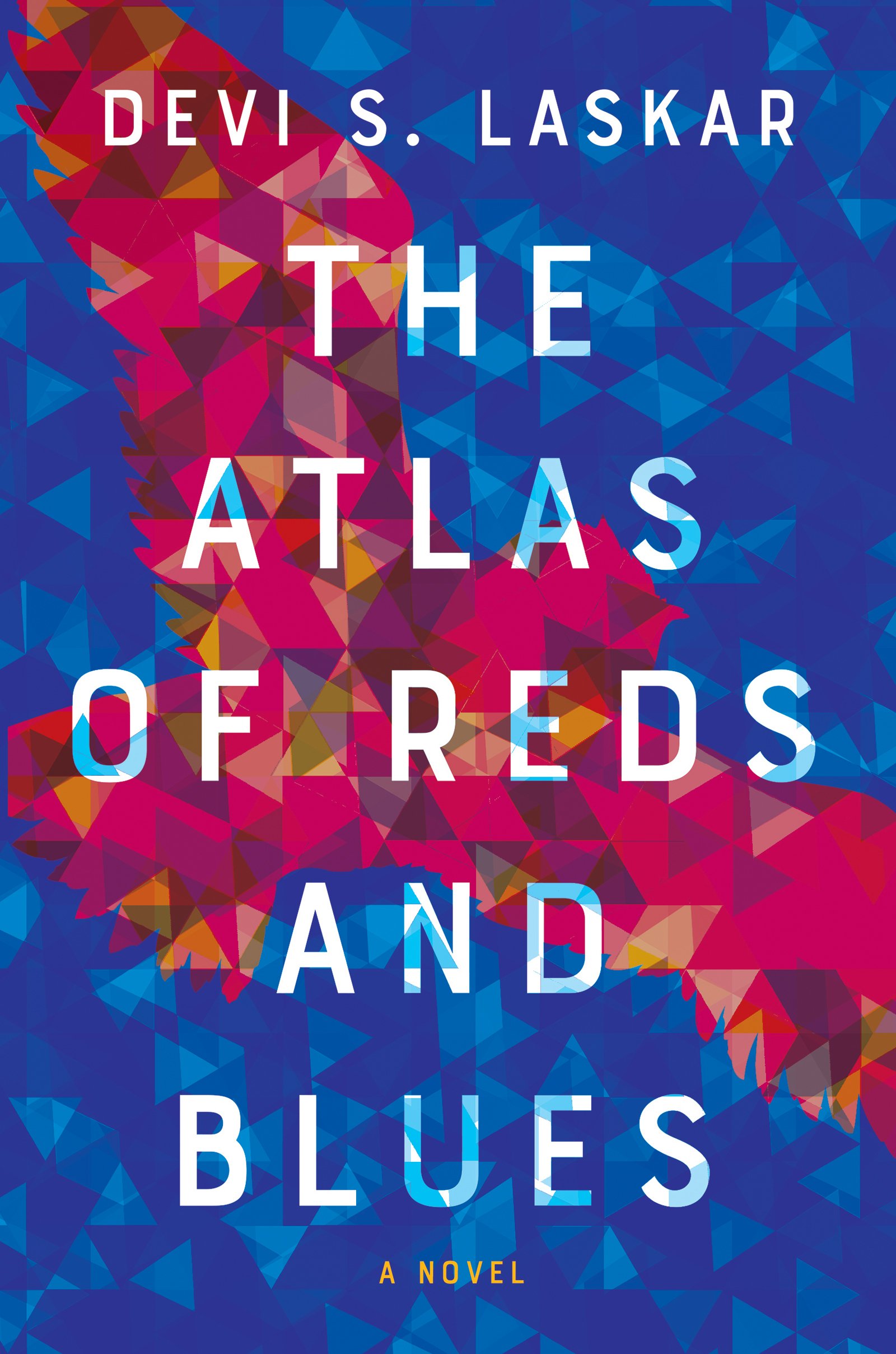
Go Forth is a series that offers a look at contemporary literature and publishing, started by Brandon Hobson and Nicolle Elizabeth in 2012.
Devi S. Laskar’s favorite Acid Jazz to listen to while writing:
“Cantaloop (Flip Fantasia)” by Us3
“Fried Neckbones and Some Home Fries” by Willie Bobo
“Manteca” by Dizzy Gillespie
Upon receiving the 2004 Sydney Peace Literary Prize, and responding to the notion of being an activist or representative of a mass movement, writer Arundhati Roy said, “We know of course there’s really no such thing as the ‘voiceless’. There are only the deliberately silenced, or the preferably unheard.” White, privileged readers should take a moment to consider what this means. As writers of color like Esi Edugyan, Natalia Sylvester, R. O. Kwon, Jamel Brinkley, and Ingrid Rojas Contreras, among others, continue to push their stories to the center, we should remember their voices have been there all along. Some of us have decided to not listen or look hard enough, while others have shuttered literary or social platforms to them.
It’s this deliberate silence poet Devi S. Laskar means to break in her debut novel, The Atlas of Reds and Blues. Already compact at two hundred and fifty pages, it reads as if it were one hundred, driven by the fierce honesty in Laskar’s prose. Atlasis both beautiful and raw, hitting readers head-on with what women of color grapple with daily in America—racism, misogyny, invisibility, and otherness. Her third-person narrator begins the story in the final moments of Mother’s life. Mother is protagonist and protector of her Bengali-American family. “She closes her eyes, breathes in the metal essence of her own blood as it exits the hole the bullet has created.” She’s shown her rage for the first time, and federal authorities shoot her in response. We come to learn her family’s wrongfully targeted. Rage, as Laskar demonstrates, brings with it violent consequences for communities of color.
But this is Mother’s story—her voice—traced across years of learned, self-imposed silence as survival, until this critical, mortal moment. Laskar explores this inner journey of muted expression by playing with the metatextual in an accessible way. She welcomes the reader into this subterranean space with section titles like “Inciting Incidents” and later “Act I” and “Act II,” found in atypical structural order. The disorganization of structure emulates her reaching within herself to memorialize her family and the oppression that leads to this crisis. Her voice rages from the inside out. Atlas is a self-conscious text, yes, but one that dismantles and repurposes narrative to serve Mother’s asynchronous memories of life, as she lies bleeding on her driveway.
Readers can’t help but listen, even when forced to...
You have reached your article limit
Sign up for a digital subscription and continue reading all new issues, plus our entire archives, for just $1.50/month.
Already a subscriber? Sign in




